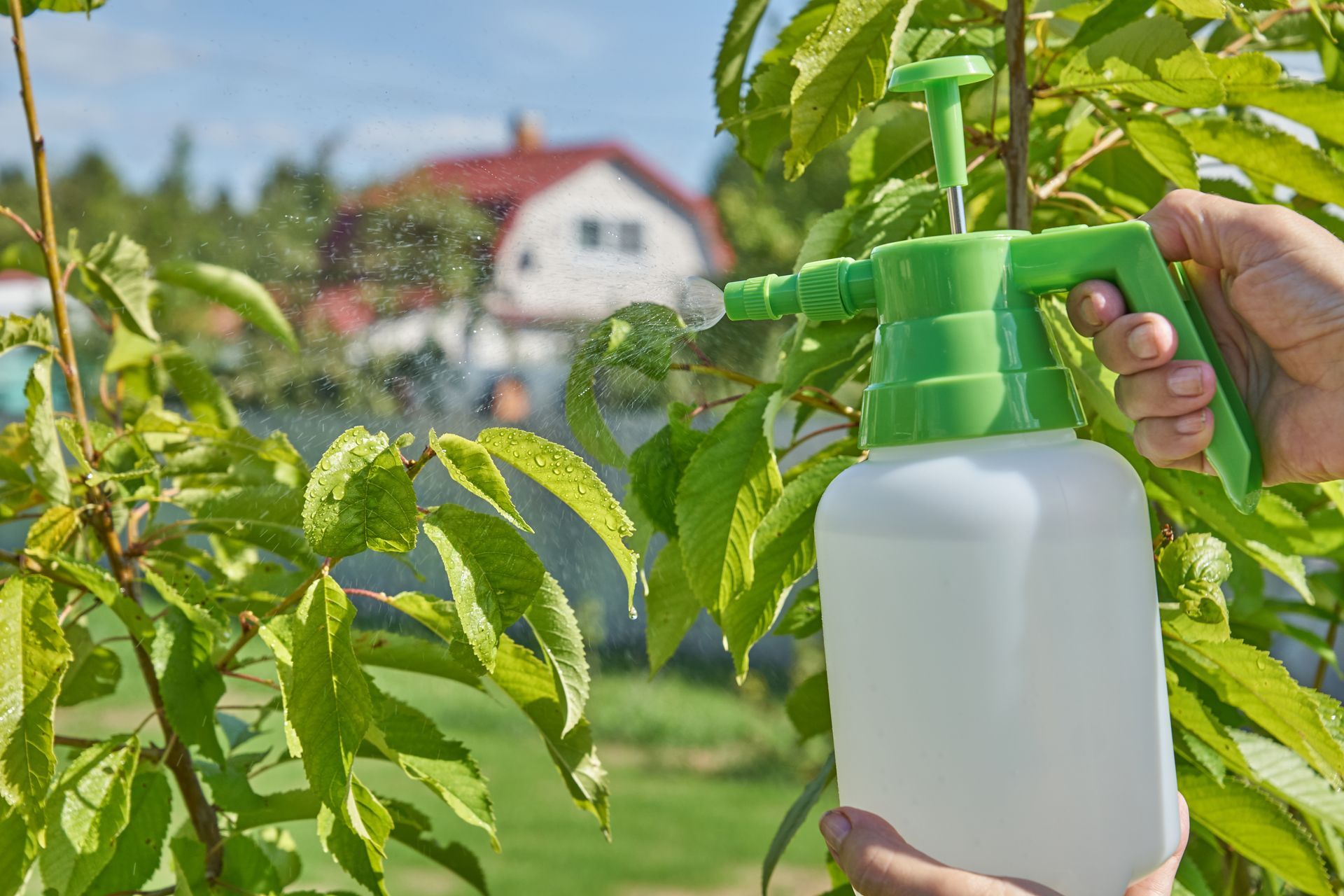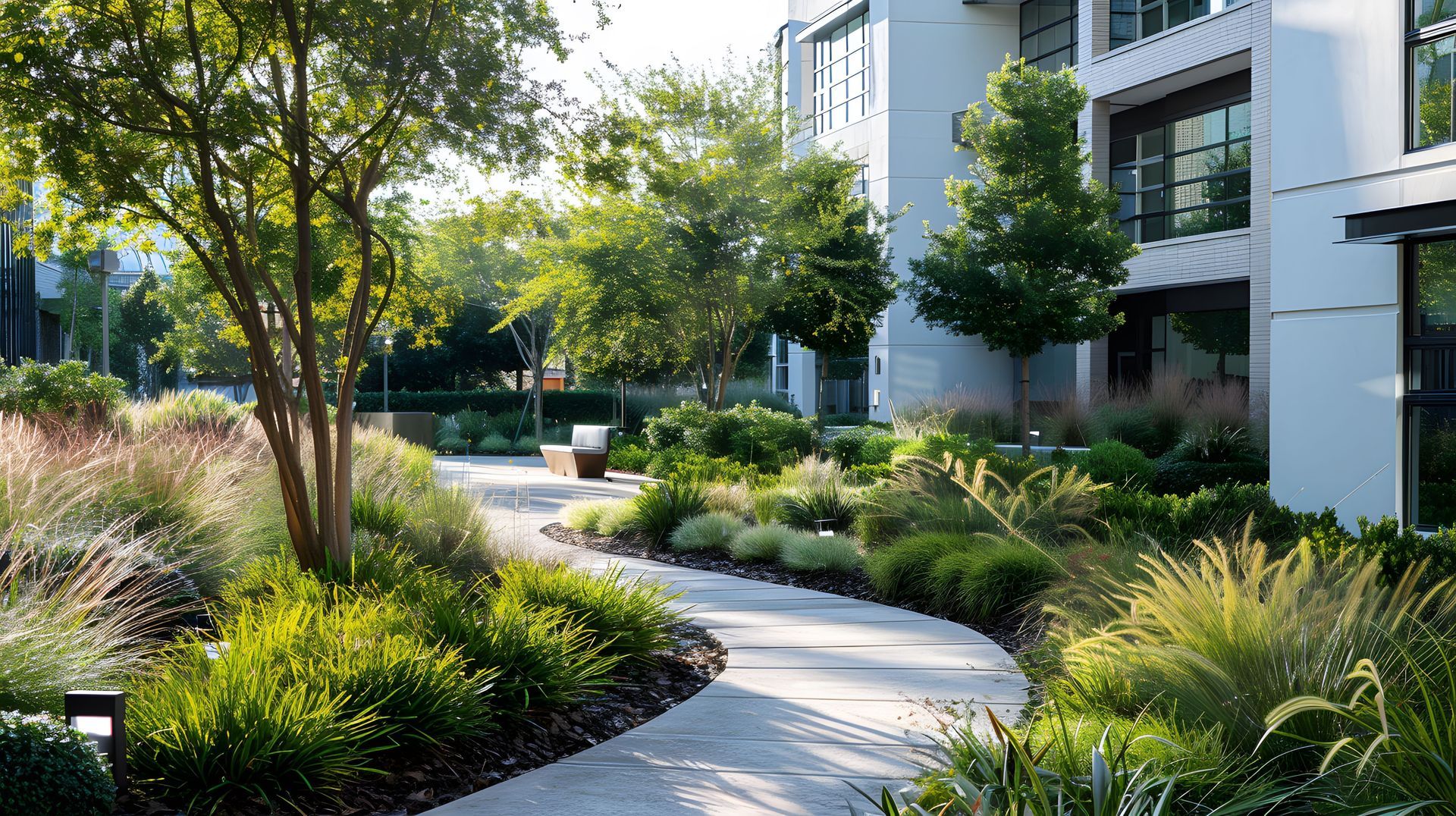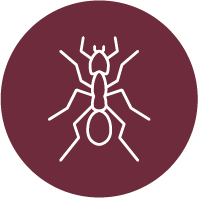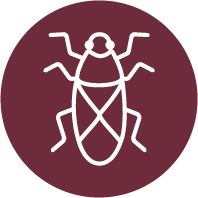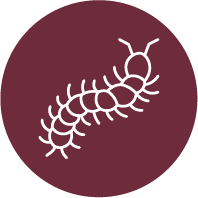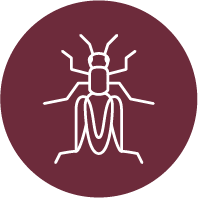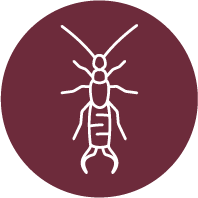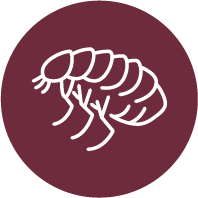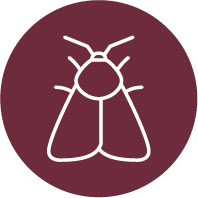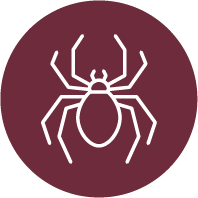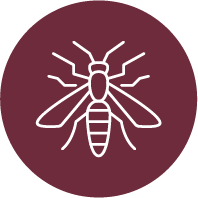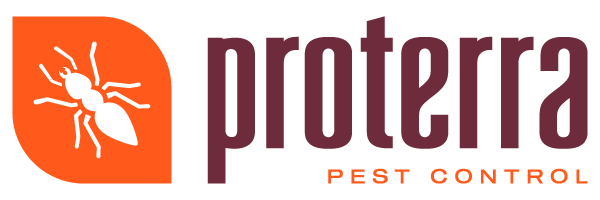Pest Control Solutions for Historic Properties
Richland, Washington, is home to a wealth of historic architecture—from charming Craftsman bungalows to stately mid-century landmarks. These treasured properties serve as living reminders of the city’s past, but their legacy also comes with unique challenges, particularly when it comes to pest control. Unlike modern constructions, older buildings have specific vulnerabilities that pests exploit, requiring specialized strategies to both protect the structure and preserve its historical value.
The Hidden Threat: Pests and Historic Homes
Historic homes and buildings in Richland are magnets for pests like termites, carpenter ants, rodents, and even bats. The materials and construction techniques used decades ago often leave gaps, cracks, and voids that modern pests can easily infiltrate. For example, wooden beams, original flooring, and brickwork with aging mortar can all present entry points for destructive invaders. According to the National Pest Management Association, termites alone cause more than $5 billion in property damage annually in the United States, and historic properties are at increased risk due to their age and materials.
Pest infestations in these older structures can compromise not just the integrity of the building, but also its historical significance. Termites and wood-boring beetles can hollow out beams and flooring, while rodents may gnaw through wiring, insulation, and even delicate historic features. Moisture-loving pests such as carpenter ants and silverfish thrive in the damp, poorly ventilated areas often found in historic basements or crawlspaces.
Preserving the Past: Why Specialized Pest Control Matters
Standard pest control approaches often aren’t suitable for historic buildings. The use of heavy-handed treatments or invasive repairs can inadvertently damage irreplaceable architectural features or introduce harmful chemicals into sensitive environments. Preservation guidelines—such as those established by the National Park Service—emphasize minimal intervention and the protection of original materials, making it critical to adopt pest solutions that are both effective and gentle.
At Proterra Pest Control, we understand that maintaining the character and craftsmanship of historic homes is as important as eliminating pests. Our approach focuses on integrated pest management (IPM), which emphasizes prevention, monitoring, and targeted treatments that minimize impact on the property and the environment.
Integrated Pest Management: A Balanced Approach
IPM is the gold standard for pest control in sensitive settings. Rather than relying solely on chemical treatments, IPM uses a combination of methods tailored to the unique needs of each property. This approach begins with a thorough inspection of the building to identify both existing infestations and potential entry points. For historic properties, this means carefully examining attics, basements, and hidden voids where pests might enter or nest.
Physical exclusion is a cornerstone of IPM. Sealing cracks, repairing damaged mortar, and restoring weatherstripping can significantly reduce pest access. In many cases, simple maintenance—like clearing gutters, trimming vegetation away from the foundation, and monitoring for leaks—can prevent pest issues before they start. These steps not only preserve the building’s fabric but also support its long-term sustainability.
When treatment is needed, IPM prioritizes low-impact solutions. For example, targeted baiting for ants and rodents, the use of pheromone traps for insects, and non-toxic dusts in wall voids can address infestations without widespread chemical use. This careful approach is especially important in homes where original materials or finishes could be affected by harsher treatments.
Protecting Both Structure and Occupants
Historic properties often serve as homes, offices, museums, or community centers, so occupant safety is paramount. Eco-friendly pest control solutions are more important than ever, helping to safeguard both human health and the environment. According to the Environmental Protection Agency, integrated and eco-conscious pest management techniques can reduce exposure to pesticides while delivering effective results.
Proterra Pest Control’s experts use products and techniques approved for use in sensitive environments, ensuring that treatments are safe for residents, visitors, and pets. Our ongoing monitoring and maintenance services help detect early signs of pest activity before they become major issues, providing peace of mind for property owners and caretakers.
Expert Advice: Balancing Preservation with Protection
Successful pest management in historic properties is about more than just eliminating unwanted guests—it’s about stewardship. Here are some expert recommendations for Richland’s historic homeowners and property managers:
- Schedule regular inspections: Early detection is key. Annual or semi-annual pest inspections by professionals familiar with historic buildings can catch problems before they escalate.
- Prioritize repairs: Promptly address leaks, cracks, and damaged wood. Even small issues can become major pest pathways over time.
- Work with specialists: Select a pest control provider with experience in historic preservation, like Proterra Pest Control, to ensure your property receives the care it deserves.
- Educate occupants and staff: Awareness of pest prevention best practices—from proper food storage to routine cleaning—can make a significant difference in long-term pest management.
Richland’s Historic Properties: A Legacy Worth Protecting
Richland’s historic structures are more than just buildings—they are cornerstones of the community and living links to the region’s heritage. Protecting them from pests requires a thoughtful, tailored approach that honors their past while ensuring their future. By embracing integrated pest management and working with experienced professionals, property owners can safeguard both the architecture and the people who call these unique spaces home.
If you’re the steward of a historic property in Richland and want to learn more about responsible, effective pest control, contact the experts at Proterra Pest Control for a consultation. Together, we can preserve the charm and character of your property for generations to come.
